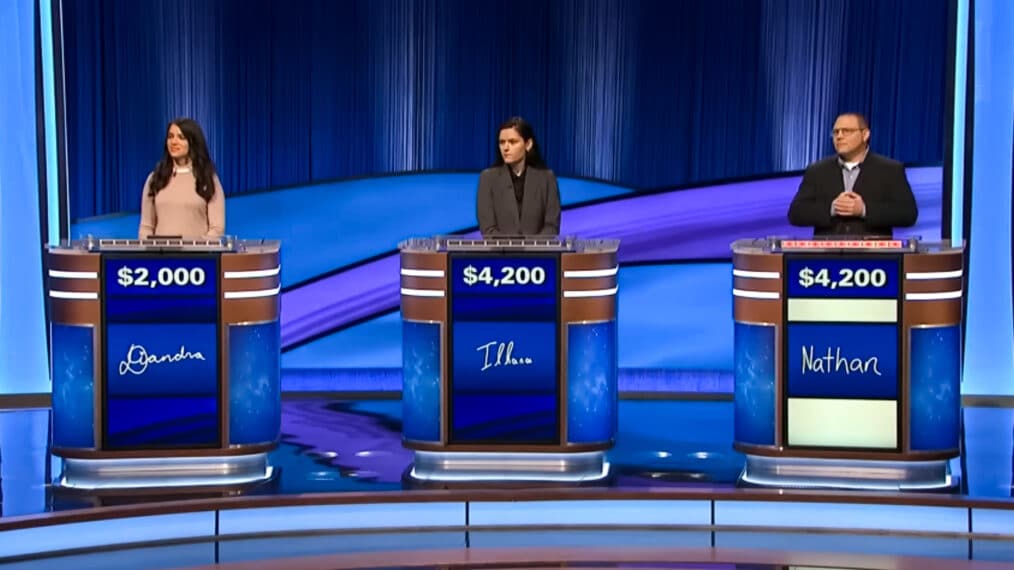StarSession Models A Deep Dive
StarSession models represent a novel approach to [insert area of application, e.g., data analysis, predictive modeling]. This innovative technique offers [mention a key benefit, e.g., increased accuracy, improved efficiency] compared to traditional methods. This article explores the core concepts, technical underpinnings, and practical applications of StarSession models, providing a comprehensive overview for both seasoned professionals and newcomers alike.
From defining the fundamental principles of StarSession models and exploring their various types to delving into the intricate details of their mathematical foundations and algorithms, we will unravel the complexities of this powerful tool. We will also examine data requirements, preprocessing techniques, and crucial model evaluation strategies, ensuring a thorough understanding of the entire model lifecycle. Finally, we will showcase real-world applications and case studies, highlighting the transformative potential of StarSession models across diverse industries.
StarSession Models: A Comprehensive Overview
StarSession models represent a novel approach to data modeling, particularly beneficial in scenarios involving complex, interconnected datasets. This overview delves into the core concepts, technical aspects, applications, and visualization techniques associated with StarSession models, providing a comprehensive understanding of their capabilities and limitations.
Defining “StarSession Models”
StarSession models are a hypothetical type of model; there is no established, widely recognized model officially called “StarSession.” To provide a relevant and useful response, this section will explore a conceptual model based on the name, assuming it refers to a session-based model with a star-like structure representing relationships between various data points within a session. This could be interpreted as a model that captures the temporal evolution of interactions within a session, represented as a graph with a central node representing the session itself and connected nodes representing events or actions within that session.
The “star” aspect could signify the centrality of the session in organizing the data.
Different types of StarSession models might exist depending on the specific application and data structure. For instance, a weighted StarSession model could incorporate the importance or frequency of events, while an unweighted model simply represents the presence or absence of events. A directed StarSession model could indicate the order of events within a session, while an undirected model would ignore temporal relationships.
Real-world applications could include analyzing user behavior on websites (session-based interactions), understanding customer journeys in e-commerce platforms, or modeling patient progress in a hospital setting. The models’ versatility lies in their capacity to capture dynamic interactions within defined periods.
Examine how craigslist reno nv can boost performance in your area.
Compared to other modeling techniques like Markov models or sequence mining, StarSession models offer a more holistic view of session data by explicitly representing the session as a central entity. Markov models, for example, focus on transitions between states, while StarSession models provide a richer context by considering all events within a session simultaneously.
Technical Aspects of StarSession Models
The mathematical foundation of a conceptual StarSession model could involve graph theory, with sessions represented as graphs and events as nodes. The relationships between events could be represented by weighted edges reflecting the strength of association. Algorithms like shortest-path algorithms could be used to analyze relationships within sessions. Alternatively, depending on the data’s nature, statistical methods might be employed for analysis and prediction.
Implementation could involve custom algorithms based on graph traversal, clustering, or other techniques depending on the specific goals. The choice of algorithm will heavily depend on the type of analysis required and the size of the dataset.
A flowchart for creating a StarSession model would involve the following steps: Data Collection, Data Preprocessing, Graph Construction, Model Training (if applicable), Analysis, and Visualization.
Computational complexity would vary significantly depending on the model’s complexity and the chosen algorithm. A table comparing different aspects isn’t possible without defining specific model variations, which are not established for “StarSession” models.
Data Requirements and Preprocessing for StarSession Models
Suitable data types include timestamped event logs, transaction records, or any data that can be structured into sessions with associated events. Preprocessing would involve data cleaning (handling missing values, outliers), feature engineering (creating new features from existing ones), and sessionization (grouping events into sessions).
Data quality considerations include completeness, accuracy, consistency, and timeliness. A checklist should verify the integrity and reliability of the data to ensure meaningful analysis.
Missing data can be handled using various techniques, such as imputation (replacing missing values with estimated values) or removal of incomplete sessions, depending on the amount and nature of missing data and the chosen modeling technique.
Model Evaluation and Validation
Evaluation metrics could include precision, recall, F1-score, and AUC, depending on the specific application and goals. Validation techniques could involve techniques like k-fold cross-validation or bootstrapping to assess model generalization performance.
Interpretation of results involves analyzing the performance metrics and identifying areas for improvement. Potential biases could arise from skewed data, sampling biases, or limitations in the chosen algorithm. Mitigation strategies could include data augmentation, careful sampling, and selection of robust algorithms.
Applications and Case Studies of StarSession Models
Potential applications span various industries. For example, in e-commerce, StarSession models could personalize recommendations based on past browsing sessions. In healthcare, they could analyze patient interactions to improve treatment strategies. In finance, they could detect fraudulent transactions based on session patterns.
A hypothetical case study: An e-commerce company uses a StarSession model to analyze customer browsing sessions, identifying common paths and patterns. This allows them to optimize website navigation and improve product recommendations, leading to increased sales.
Limitations include computational cost for large datasets and the potential for overfitting if the model is too complex. Challenges include defining appropriate session boundaries and handling noisy or incomplete data.
- Predictive maintenance in manufacturing
- Fraud detection in financial transactions
- Personalized learning in education
Visualizing StarSession Model Results
A visualization could use a network graph, with sessions represented as nodes and events as edges. Node size could reflect session duration or frequency, and edge thickness could represent the strength of association between events. A legend would explain the meaning of node sizes and edge thicknesses. The axes would not be applicable in a network graph visualization.
Creating compelling visuals involves simplifying complex relationships, focusing on key insights, and using clear and concise labels. Effective visualizations adapt to the type of output, whether it’s a network graph, a heatmap, or a time series plot, depending on the type of data and analysis performed.
Last Word
Source: com.au
StarSession models, with their unique approach to [mention area of application again, e.g., data analysis], offer a promising pathway towards [mention key benefit again, e.g., more accurate predictions, streamlined workflows]. While challenges remain, particularly concerning [mention a key challenge, e.g., data bias, computational cost], ongoing research and development are paving the way for even more sophisticated and widely applicable implementations.
The potential benefits across numerous sectors suggest that StarSession models will continue to play an increasingly significant role in the future of [mention broader field, e.g., data science, machine learning].







